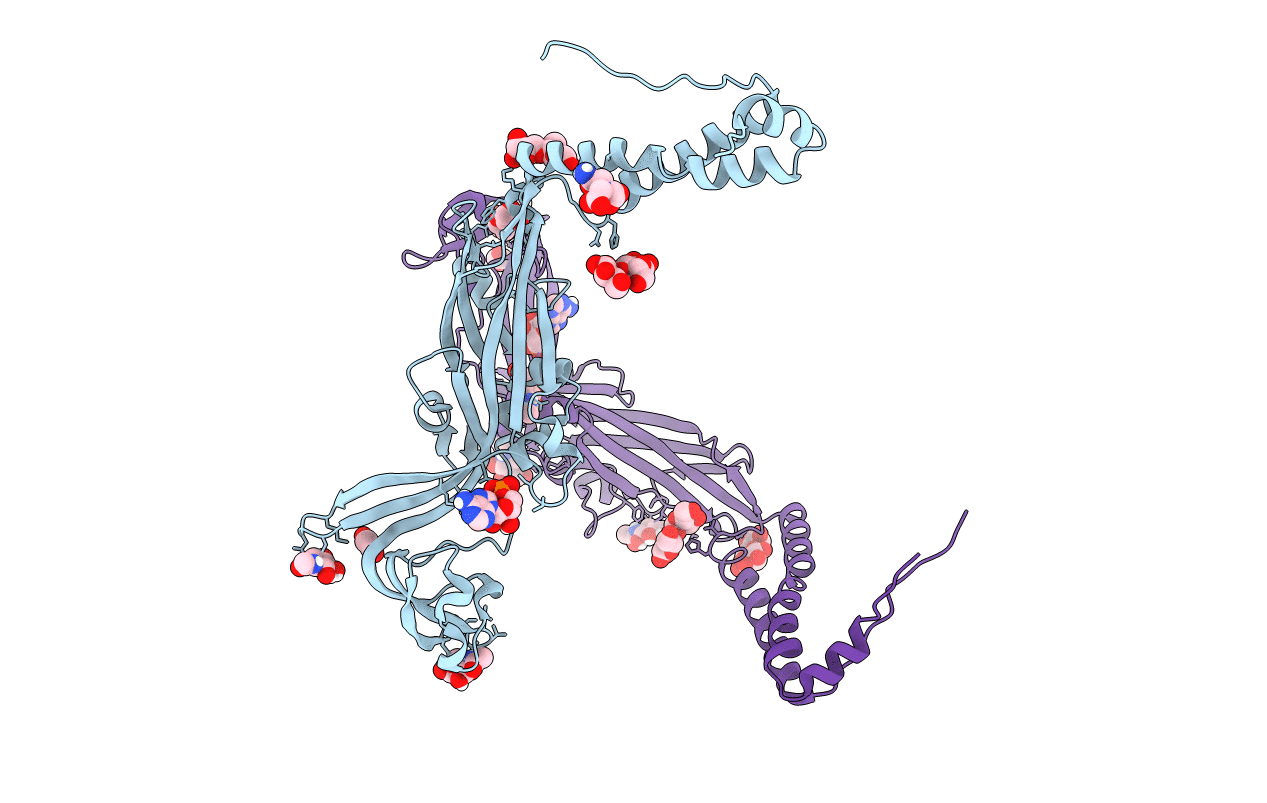
Deposition Date
2016-08-06
Release Date
2016-09-28
Last Version Date
2024-11-13
Entry Detail
PDB ID:
5SVK
Keywords:
Title:
Crystal structure of the ATP-gated human P2X3 ion channel in the ATP-bound, open state
Biological Source:
Source Organism:
Homo sapiens (Taxon ID: 9606)
Host Organism:
Method Details:
Experimental Method:
Resolution:
2.77 Å
R-Value Free:
0.22
R-Value Work:
0.20
R-Value Observed:
0.20
Space Group:
P 21 3


